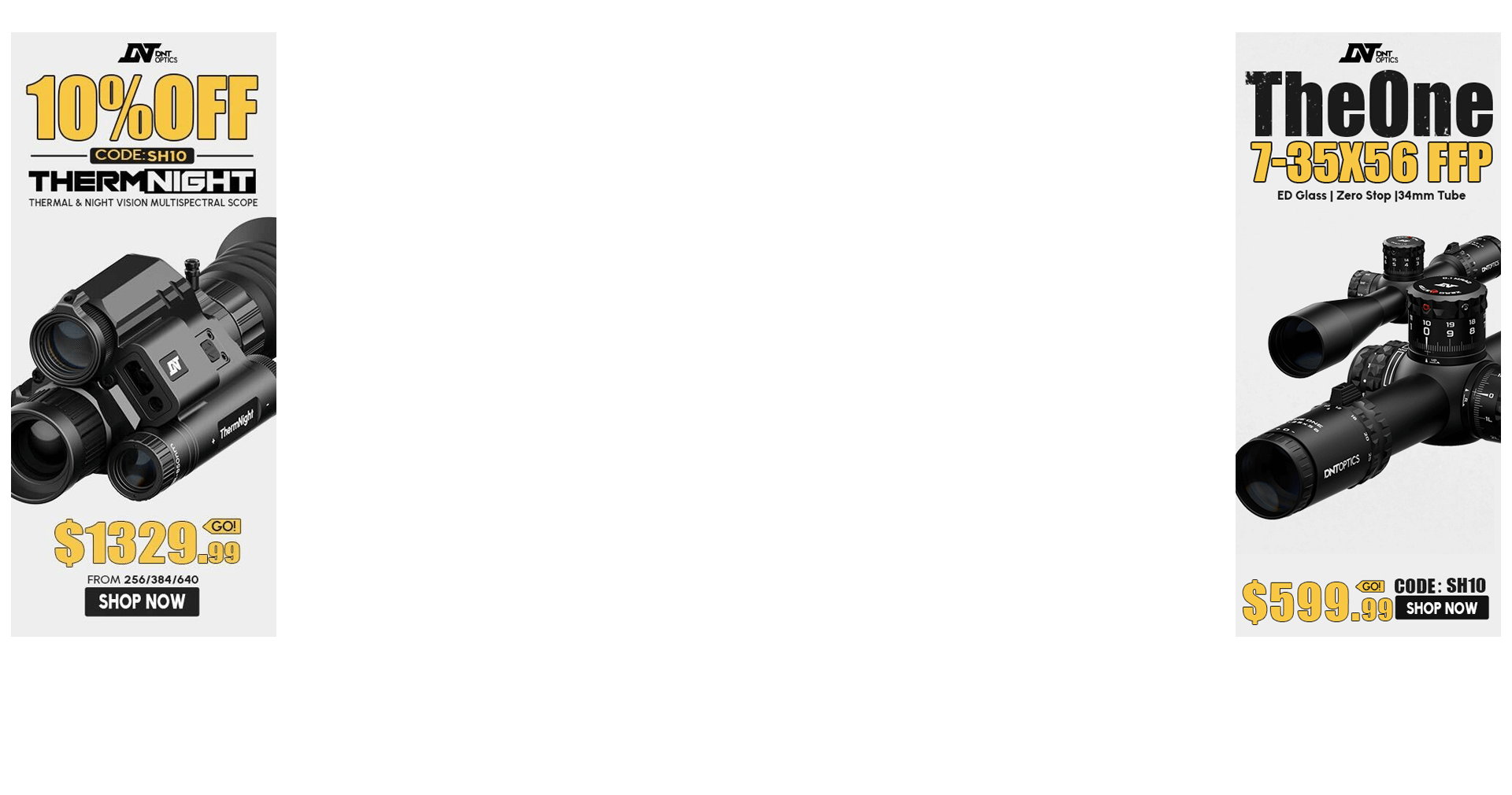This might be a bit controversial but he makes some good points. You need to look at both precision (mean radius/ES) and accuracy (API). To give some context his load development process he does use group size but its not the main focus.
He starts with testing 2-3 different powders with his desired bullet for the use case. For 308 he will use gordons reloading tool to find the charge weights for 50K to 62K and go in .2gr increments and load one shot at each increment. He will do this process for each powder then shoot 10-15 round groups (a single POA for each powder). The point of this is to see how temp/pressure sensitive each powder is.
Here he tested 3 powders:
He Id’d powder C as the best (look for group size < 2”) then repeated the same charges for powder C as step 1 but 3 shot groups for each increment instead 1.
The red numbers represent different temps. Look for 4-5 charge weights in a row that have similar API and low vertical stringing and the target in the middle will be your charge (see stars)
Here’s a nice AI summary of differences between mean radius and API:


